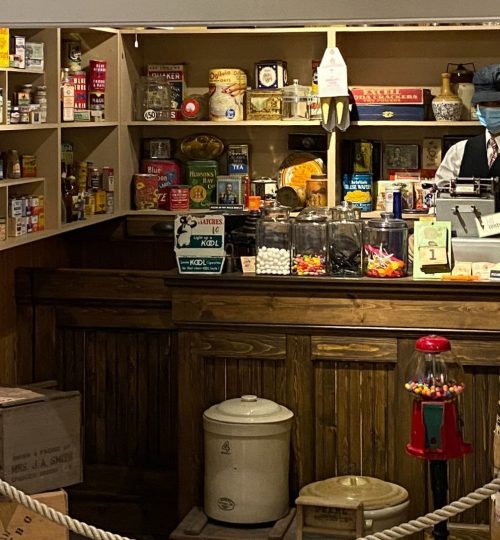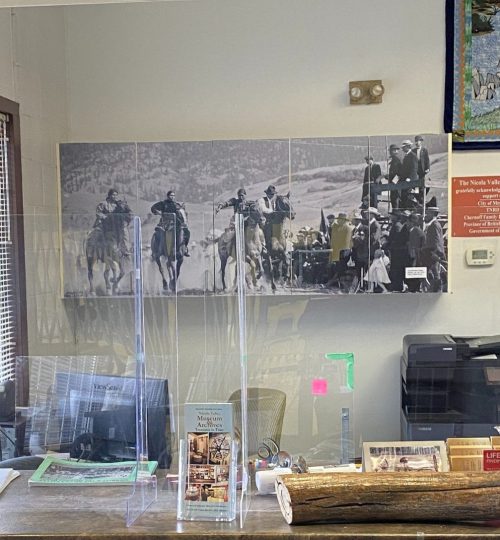Displays
Museum Display
First Nations
The Nicola Valley Museum & Archives offers a unique opportunity for visitors to learn about the history and culture of the local First Nations communities through its collection of indigenous artifacts. Displays include clothing, tools, artwork, and jewelry, along with accompanying information that can provide a deeper understanding and appreciation of the culture and traditions of these communities. These exhibits also address current issues facing these communities, giving visitors a more well-rounded and nuanced understanding of the First Nations people in the Nicola Valley region.
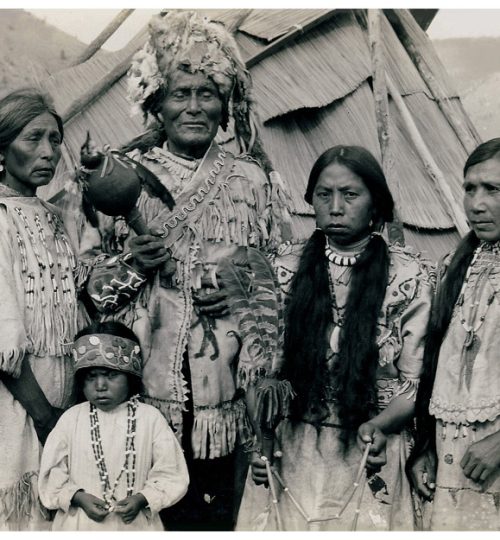

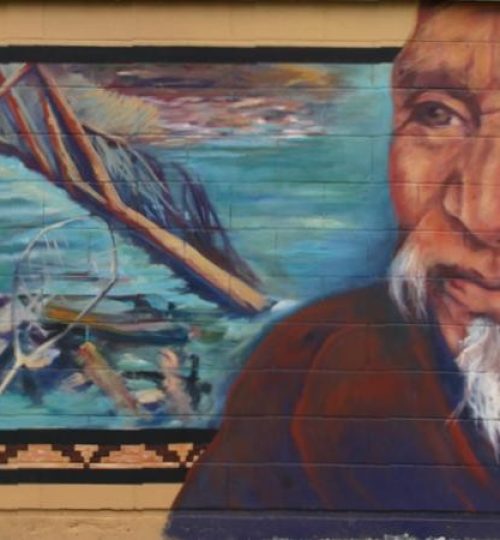


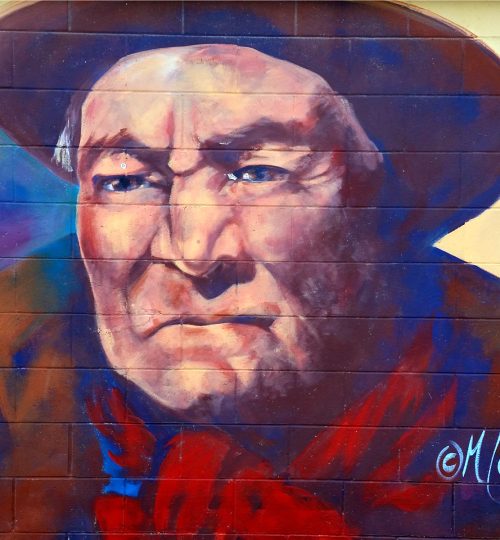
Museum Displays
Mining
Gain a deeper understanding of the important role mining has played in the Nicola Valley, as well as the challenges and environmental impact faced by the industry. The museum's displays about mining can also provide context for visitors to appreciate the evolution of mining industry and its impact on the local communities.
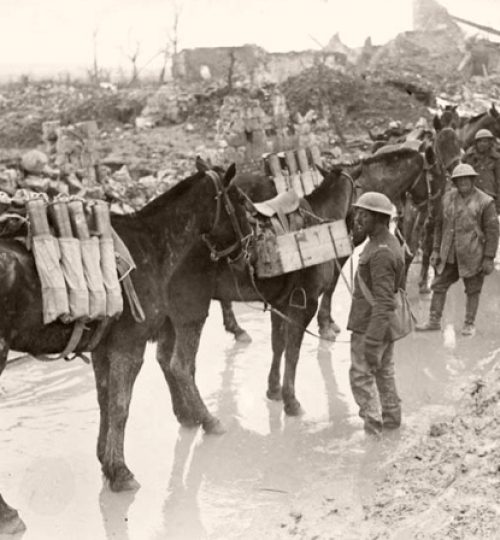
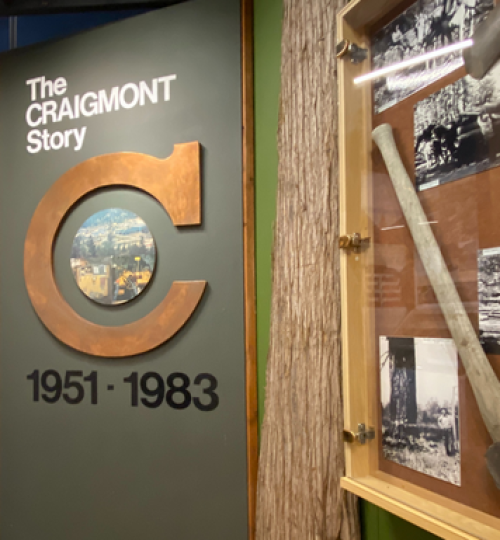
Museum Display
Forestry
Visitors can gain a deeper understanding of the important role forestry has played in the Nicola Valley and the impact it has on the local economy, as well as the challenges and environmental impact faced by the industry. The museum's displays also provide visitors with a sense of the evolution of the industry and the changes in technology and techniques that have been implemented over time. It also can provide visitors with an understanding of the current efforts to balance the economic benefits of forestry with the conservation of natural resources.
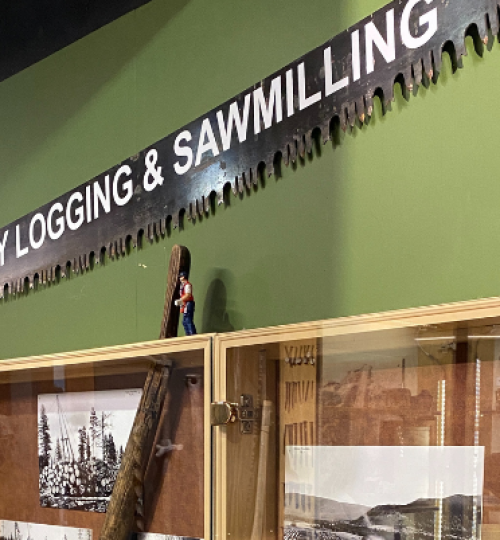

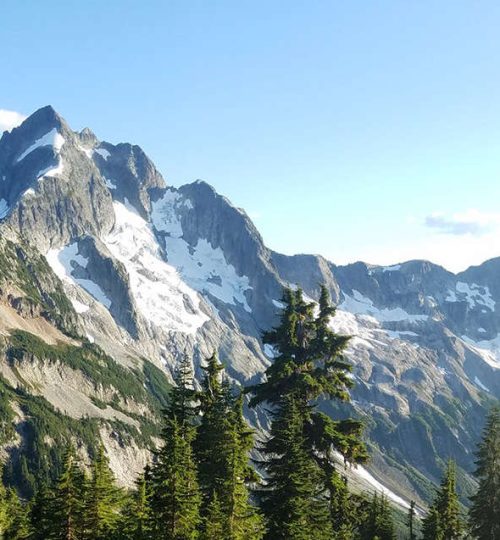
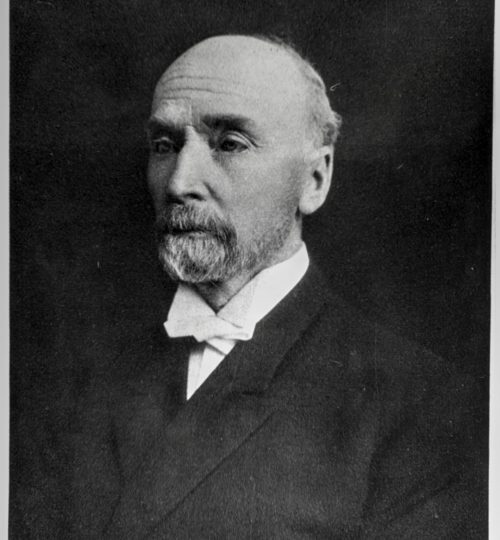
Museum Display
Ranching
Ranching has a long history in Merritt and the Nicola Valley, dating back to the late 1800s. The valley's mild climate, fertile grasslands, and ample water sources made it ideal for raising cattle and sheep. The first ranches in the area were established by European settlers, who brought their own livestock and began to raise cattle and sheep for meat and wool. In the early 1900s, ranching became a significant industry in the Nicola Valley and surrounding areas. Ranchers would drive their cattle and sheep to the valley in the spring, and drive them back to the lowlands in the fall. Many of the ranches were large, with thousands of acres of land and hundreds of head of cattle. Today, ranching continues to be an important part of the economy and culture of the Nicola Valley. The ranches are still family-owned and operated, and their owners are committed to sustainable practices and maintaining the health of the land and animals. They also contribute to the local economy through the production of beef and lamb, and the tourism industry.
